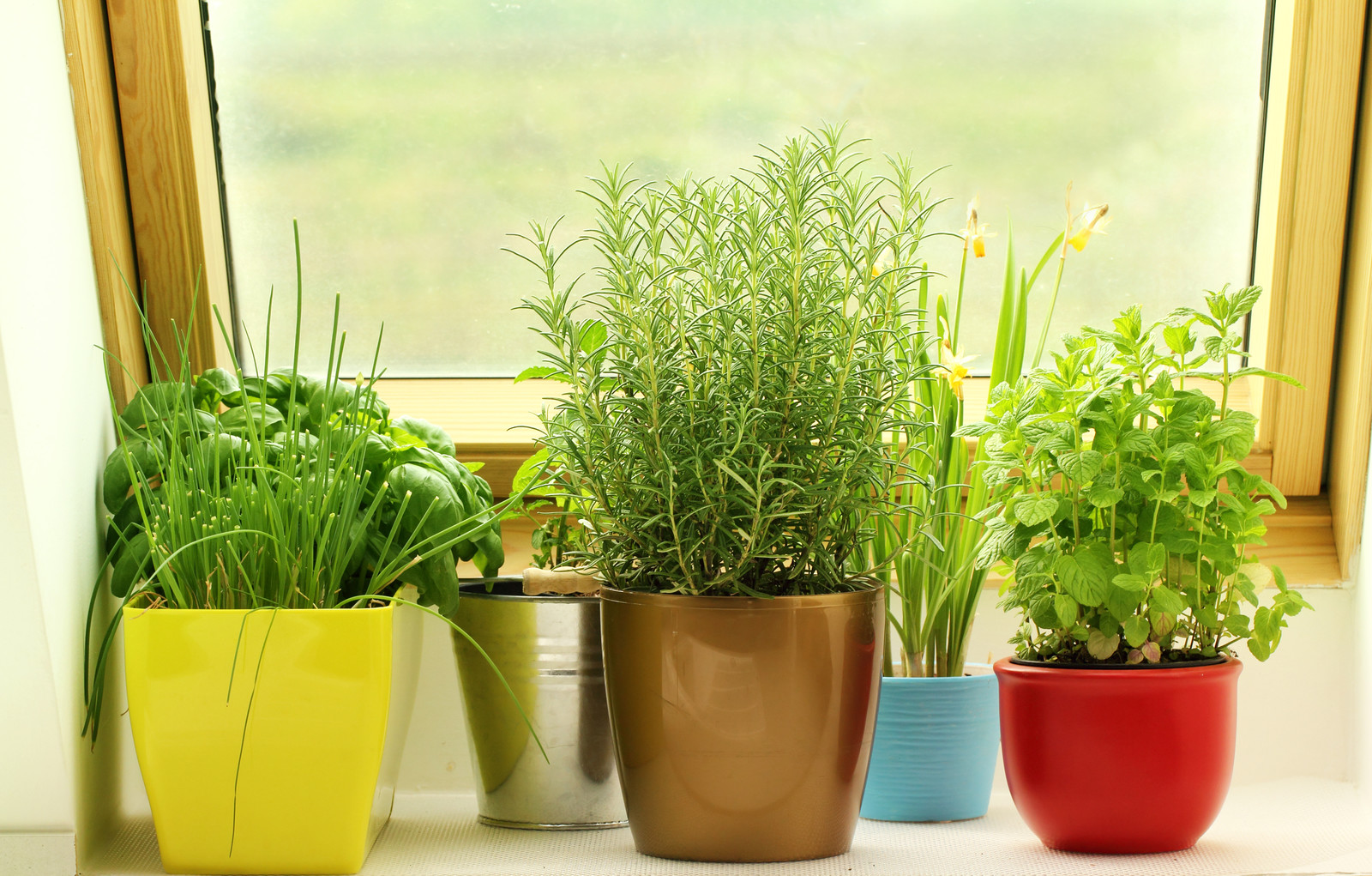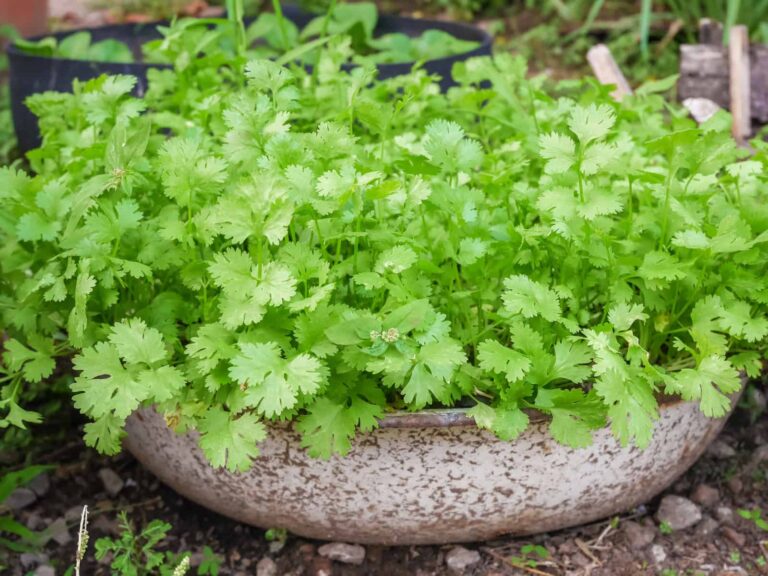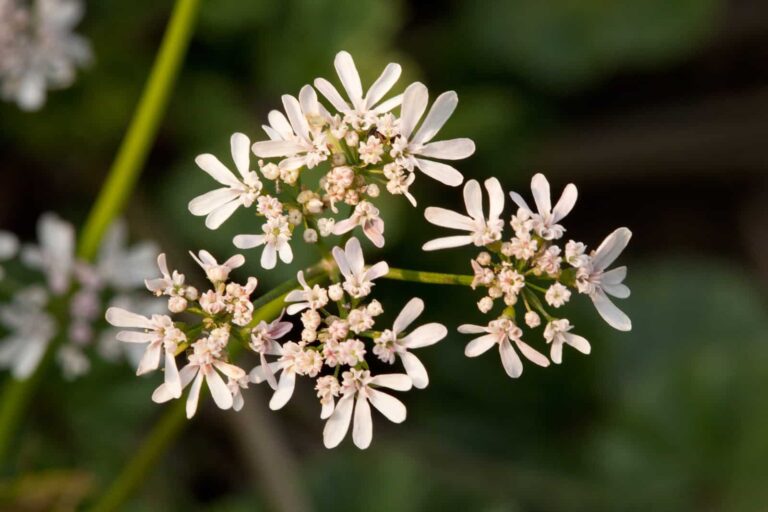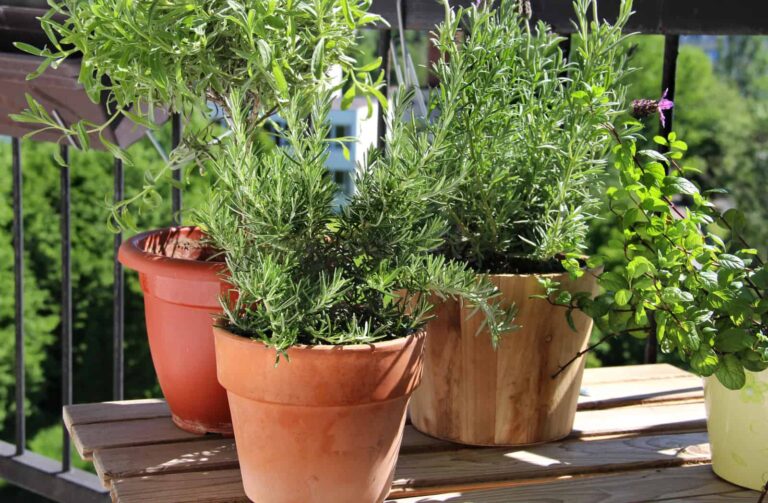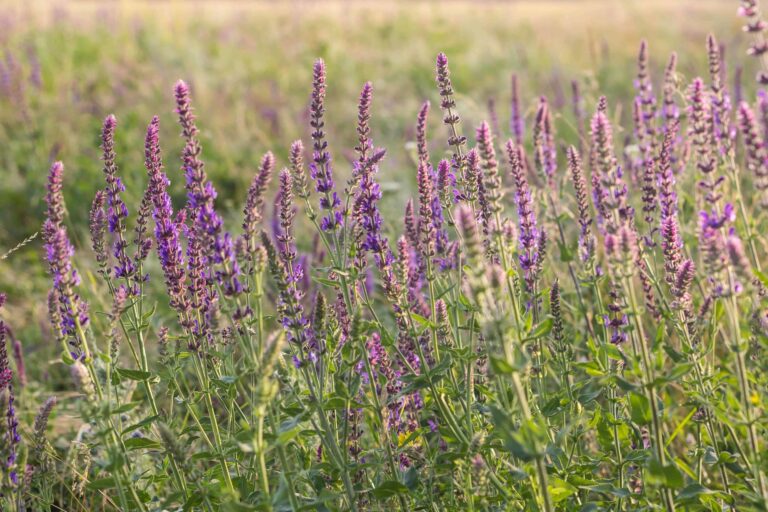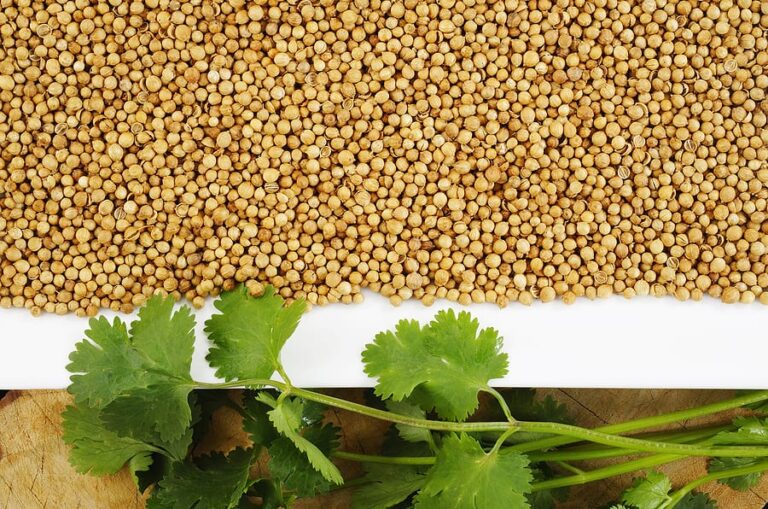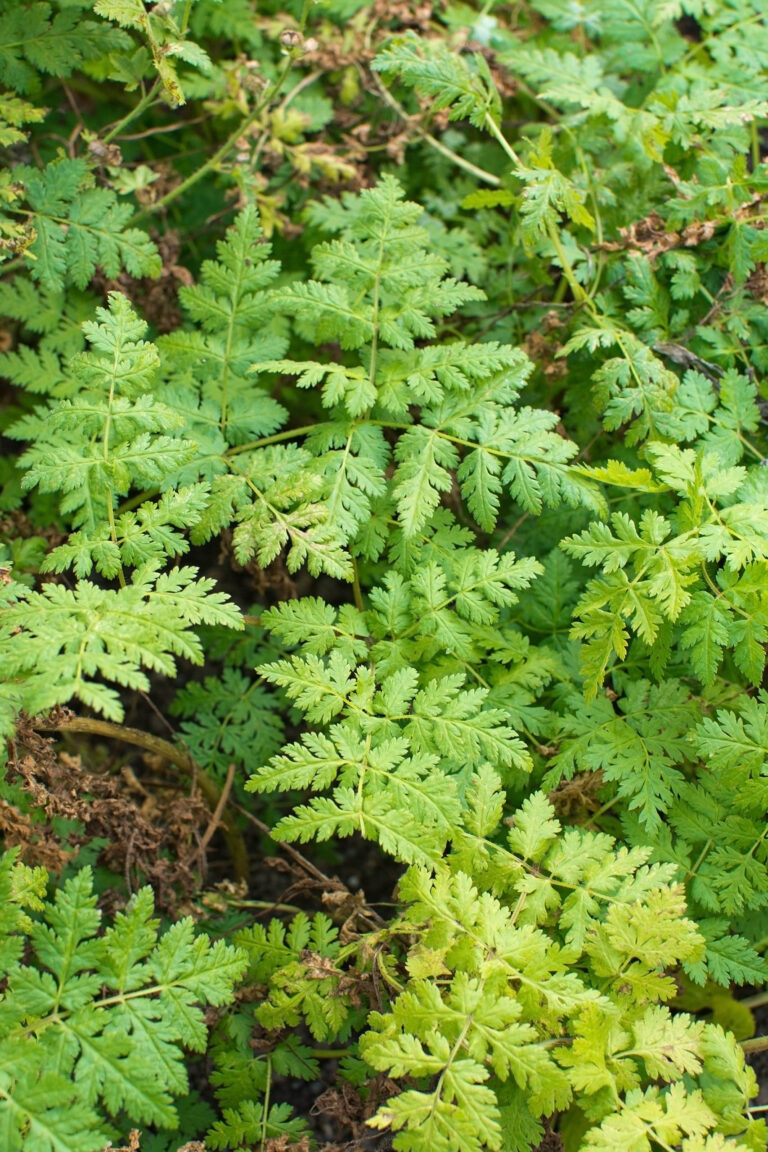How to Grow an Indoor Herb Garden
Growing an indoor herb garden is an excellent way to have fresh herbs readily available all year round. Whether you have a sunny windowsill or a small indoor space with artificial light, you can cultivate various herbs indoors by following the right techniques and choosing suitable herbs. Here’s how to start an indoor herb garden, the techniques involved, and which herbs grow best indoors.
How to Start an Indoor Herb Garden
Select a Suitable Location
- Herbs need plenty of light to thrive. Choose a location that gets at least 6-8 hours of sunlight per day, such as a south-facing window. If natural light is limited, consider using artificial grow lights that mimic sunlight, such as LED grow lights or fluorescent lights.
Choose the Right Containers
Select containers with drainage holes to prevent water from accumulating in the soil, which can lead to root rot. You can use clay pots, plastic containers, or even repurposed containers, as long as they have adequate drainage. The containers should be at least 4-6 inches deep to allow root growth.
Use Well-Draining Potting Mix
Regular garden soil is too heavy for indoor herbs, so opt for a light, well-draining potting mix. You can add perlite or sand to the potting mix to enhance drainage. Using a quality potting mix ensures that your herbs get the necessary nutrients and air circulation in the soil.
Watering Your Herbs
Herbs grown indoors need consistent moisture, but it’s essential not to overwater. Water the herbs when the top inch of the soil feels dry. Avoid letting the soil become soggy, as this can lead to root rot. It’s better to water less frequently than to risk overwatering.
Fertilize Regularly
Since herbs in pots can deplete the nutrients in the soil quickly, fertilize them every 4-6 weeks with a balanced, water-soluble fertilizer. Be careful not to over-fertilize, as too much can harm the herbs and affect their flavor.
Provide Adequate Humidity
Indoor air can be dry, especially in winter. To increase humidity around your herbs, mist them with water occasionally, place a tray of water near the plants, or use a small humidifier.

Techniques for Growing an Indoor Herb Garden
Use Grow Lights for Insufficient Light
If your home lacks a sunny spot, artificial grow lights can supplement or replace natural sunlight. Place the lights 6-12 inches above the herbs and run them for 10-14 hours a day, depending on the herb’s light requirements. LED grow lights are energy-efficient and emit the full spectrum of light that plants need.
Rotating the Pots
Rotate your herb pots every few days to ensure even growth and exposure to light. Herbs tend to grow toward the light source, so rotating them prevents uneven growth.
Pruning and Harvesting Regularly
Regularly prune the herbs to encourage bushier growth and prevent them from becoming leggy. Harvest the herbs often by snipping off the top leaves and stems, but avoid cutting more than one-third of the plant at a time.
Repotting as Needed
As your herbs grow, they may outgrow their pots and need to be repotted into larger containers. If the roots start to grow out of the drainage holes or the plant seems too large for its current pot, it’s time to repot.
Use a Self-Watering System
Self-watering pots or hydroponic systems can be used to maintain consistent moisture levels in the soil, which is beneficial for herbs that require steady watering. This technique is especially useful if you tend to forget to water your plants.
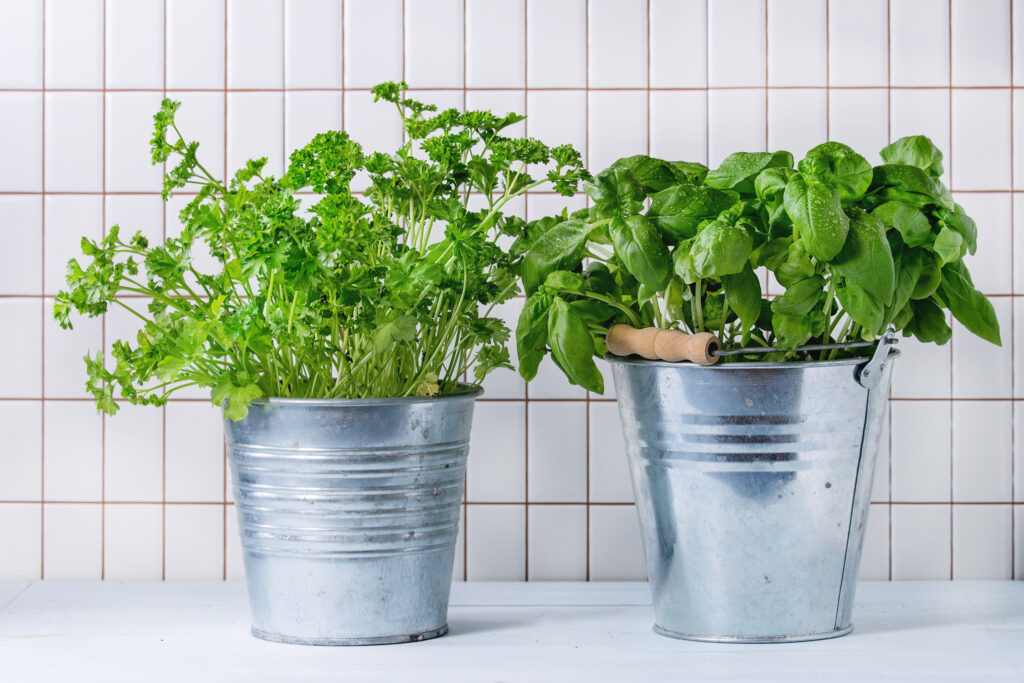
Herbs That Grow Well Indoors
Not all herbs thrive indoors, but many common varieties do well with the right conditions. Here are some of the best herbs to grow indoors:
Basil (Ocimum basilicum)
- Light Requirements: Basil needs at least 6-8 hours of direct sunlight or strong grow light exposure.
- Watering Needs: Keep the soil consistently moist but not waterlogged.
- Growing Tips: Basil thrives in warm conditions, so keep it away from drafts and cold windows. Pinch off the flower buds to encourage leaf production.
Mint (Mentha spp.)
- Light Requirements: Mint prefers indirect light and can tolerate lower light conditions than some other herbs.
- Watering Needs: Mint enjoys moist soil, so water regularly and don’t let it dry out completely.
- Growing Tips: Mint spreads quickly, so consider planting it in its own pot to prevent it from overtaking other herbs.
Thyme (Thymus vulgaris)
- Light Requirements: Needs 6 or more hours of sunlight or artificial light.
- Watering Needs: Let the soil dry out between watering, as thyme prefers drier conditions.
- Growing Tips: Thyme is a low-maintenance herb that doesn’t require much water or fertilizer. Prune regularly to keep it compact.
Rosemary (Rosmarinus officinalis)
- Light Requirements: Requires 6-8 hours of direct sunlight or grow lights.
- Watering Needs: Allow the soil to dry out slightly between watering. Rosemary prefers slightly drier conditions.
- Growing Tips: Rosemary can be challenging to grow indoors if humidity levels are too low, so mist the plant occasionally. It prefers cool temperatures around 60-70°F.
Oregano (Origanum vulgare)
- Light Requirements: Needs about 6 hours of light per day.
- Watering Needs: Oregano prefers drier soil, so let it dry out between watering.
- Growing Tips: Oregano is a hardy herb that can tolerate neglect. Pinch back stems to encourage bushier growth.
Parsley (Petroselinum crispum)
- Light Requirements: Prefers bright light for 6-8 hours a day.
- Watering Needs: Keep the soil consistently moist, but not soggy.
- Growing Tips: Parsley grows more slowly indoors than outside. It can be grown from seed or purchased as a young plant.
Chives (Allium schoenoprasum)
- Light Requirements: Requires 4-6 hours of light daily.
- Watering Needs: Keep the soil moist but not waterlogged.
- Growing Tips: Chives are easy to grow indoors and can be harvested frequently by snipping the tops. They also tolerate cooler temperatures.
Cilantro (Coriandrum sativum)
- Light Requirements: Needs at least 6 hours of light per day.
- Watering Needs: Water when the top inch of soil feels dry.
- Growing Tips: Cilantro tends to bolt (go to seed) in warmer conditions, so grow it in cooler areas of the house.
Sage (Salvia officinalis)
- Light Requirements: Needs at least 6 hours of direct light.
- Watering Needs: Sage prefers drier soil, so water only when the top inch of soil is dry.
- Growing Tips: Sage thrives in well-draining soil and doesn’t need frequent watering. It grows well in cooler temperatures.
Summary
An indoor herb garden offers fresh, aromatic herbs at your fingertips, even during winter months. By providing adequate light, using well-draining potting mix, and following proper watering and pruning techniques, you can grow a variety of herbs indoors. Choose herbs like basil, mint, thyme, rosemary, and parsley, which adapt well to indoor conditions. With a bit of care and the right conditions, your indoor herb garden will flourish, providing fresh herbs for cooking and garnishing year-round.
Related Articles:
How to Grow Herbs Indoors in Winter

